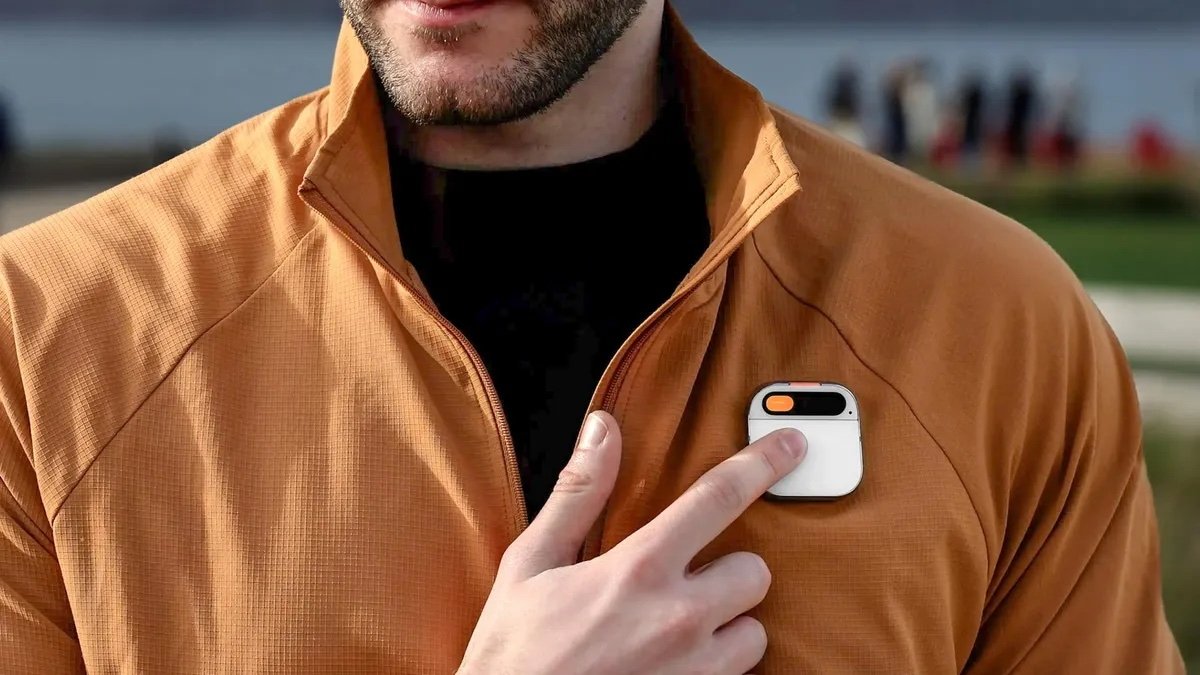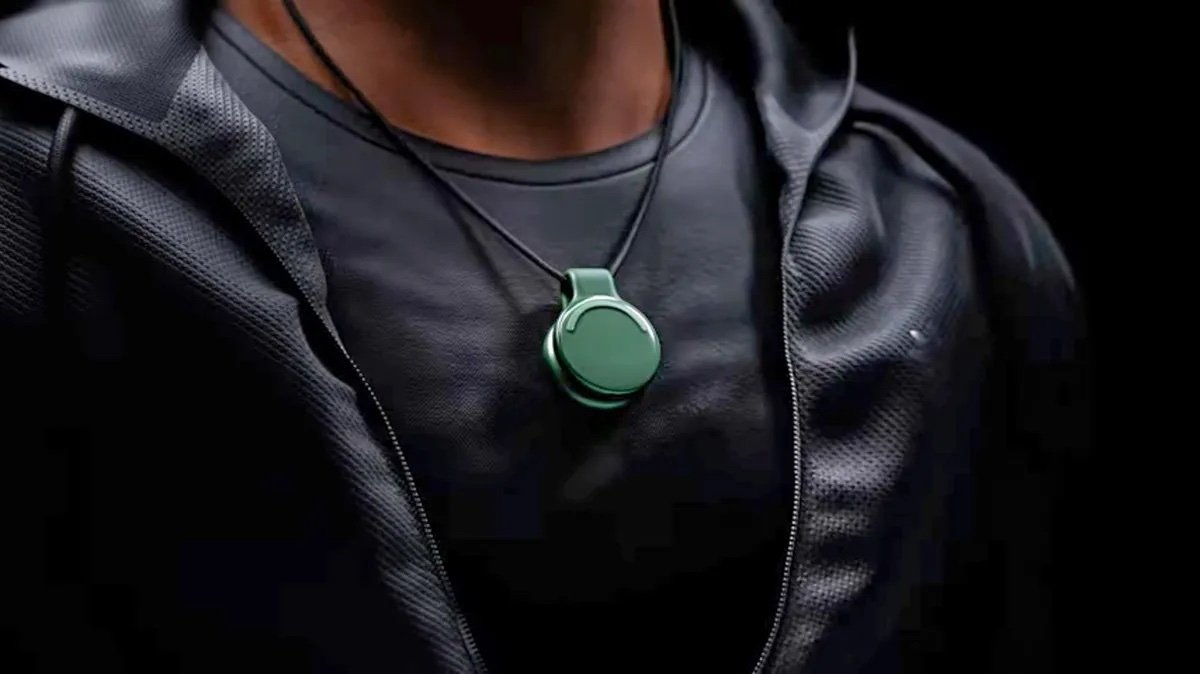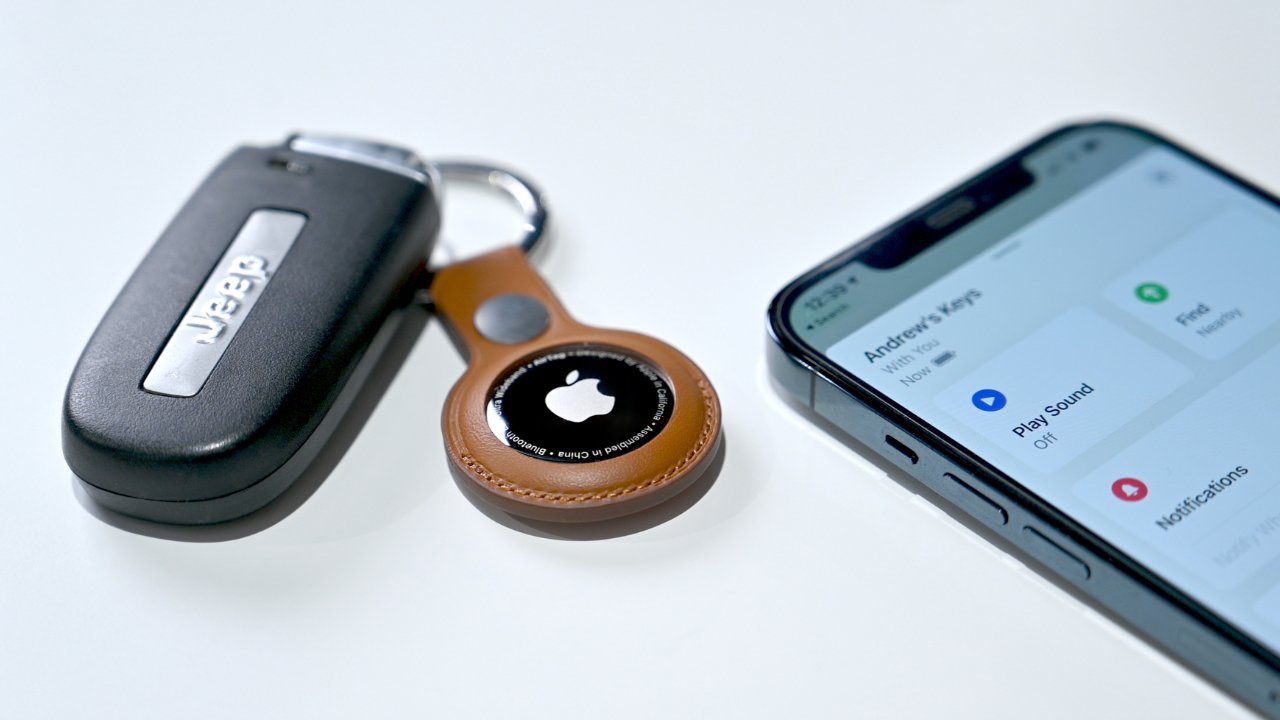Why AI gadgets and wearables won't replace smartphones anytime soon
Dedicated AI hardware devices like the Rabbit R1 and the Humane AI Pin have so far failed to gain market traction because they are few-trick ponies in a world used to versatile workhorses like the iPhone.

The Humane AI Pin has a futuristic vibe, but just doesn't work very well.
This is not to say that these and future companies should pack it in and go home. The trick that these AI-focused companies have missed is that on augmenting smartphones' abilities with clever hardware -- the way Amazon's Ring and Google's Nest accessories have done -- is the right way to go.
The rise of AI will inevitably force many current technologies and devices to evolve. At present, however, the smartphone is the hub of cutting-edge technology and doesn't look to be going anywhere soon.
The popularity of smartphones and devices that augment them is just a reflection of the incredible versatility of a clever, multipurpose device that can easily be customized to your needs. Challengers, rather than allies, of the smartphone have a very tough road to success currently.
AI isn't about hardware
In recent months, the Humane AI Pin and the recently-announced Limitless Pendant have either debuted or been announced as AI wearables. The Rabbit R1 is a handheld toy-like AI chatbot that wants to replace Google's search, and a couple of basic smartphone functions.
Both the Humane pin and the Rabbit R1 have failed to gain any traction in the marketplace -- either because they are overpriced for what they do, or because they don't do very much, or both. Anyone with an iPhone or Apple Watch -- or their Android equivalents -- are not likely to be tempted by these initial "AI hardware" devices.
To be fair, a premium smartphone is far more expensive, both up front and for ongoing service. In their original incarnations, they couldn't do much compared to what they can do now either. However, smartphones represented the potential adaptability.
The Humane AI Pin has some great features, but it is hobbled in its growth by a lack of hardware versatility. The Rabbit R1 has the same problem.
While smartphones have taken over a number of single-device markets, dedicated GPS units still exist, smart home security hardware that works with smartphones are doing just fine, and smart speakers are also thriving. Devices that embrace and extend smartphone abilities, rather than just mimic a handful of features, have found their markets.
One of the factors that likely doomed the Humane Pin and the Rabbit R1 is their heavy embrace of AI as a buzzword, even though the devices had certainly been in development years prior to the rise of commercial applications of AI. The public perception is that these gadgets only exist because of AI, and the knowledge that nearly every smart device on the market is racing to add more AI features -- which gives users little reason to ditch what they know for something else.
For a small percentage of consumers, a wearable AI assistant that can answer basic questions and take a photo or recording might fit their needs well. Limited-purpose devices like the Humane AI Pin might have found its audience if it had been pitched more as a way to lighten your load by sometimes leaving your iPhone at home; ironically, this is one of big selling points of the cellular-enabled Apple Watch.
The idea of reclaiming one of your pockets to a wearable or handheld AI device with internet access can be tempting. The catch is that you will likely have to wait for years before current AI wearables can begin to justify their existence compared to a smartphone's usefulness and convenience.
The current competition
The three main devices seeking to supplant and in some cases replace your smartphone are the Humane AI pin, the Rabbit R1 pocketable, and the not yet available Limitless Pendant, which is planned for an August 2024 debut. Both the R1 and the Humane Pin offer a way to ask questions and get some answers by piggybacking off a Wi-Fi or cellular internet connection, along with a handful of other functions.
The Humane AI pin is generally going for that "Star Trek: The Next Generation" communicator feel: it attaches magnetically to to a backplate underneath your shirt, and you tap it to interact. It can speak answers out loud, or laser-project information onto the palm of your hand.
Sadly, the projections are hard to see in daylight, the audio is disruptive in public, the battery life is terrible, and reports say the device overheats easily. It costs $700, plus a $24 per month subscription.
The R1 Rabbit may remind some people of a non-wearable device like the Tamagotchi games or a Nintendo Playdate, but it is similar to the Humane AI pin in terms of functionality. The small, lightweight plastic square has a scroll wheel and "push to talk" button, but its handful of functions are just as easily done on a smartphone.
It costs $199 and does not require a subscription, but you'll need to either pay for a 4G LTE data plan -- the Rabbit R1 has a SIM card slot -- or just hotspot it to your smartphone when you're not on Wi-Fi.
While the market has yawned at the R1 as initially offered, a future version could catch on as a smartphone alternative for children. Age-appropriate safeguards on its AI and some games could make it a more appealing offering to a younger target market than getting them their own smartphones.
One of the newest entries in the nascent AI hardware landscape is the Limitless Pendant, a clippable or chain-worn device available in multiple colors that is about the size and shape of two AirTags in a protective case. This gadget limits itself to very few functions, but in a more focused way than the Rabbit or Humane devices.

Limitless's Pendant wearable records audio to produce summaries, notes, and transcripts.
The Pendant's primary purpose is to record audio, and then produce AI-generated summaries, notes, and transcripts so you can refresh your memory of meetings or other interactions. This could be a very useful and unobtrusive function, but you are required to obtain consent from participants before you can record.
The product is interesting because, unlike the other two, this features an AI-based convenience that isn't already built-in on the iPhone. However, similar features are likely to be added by Apple later this year.
That said, the pendant is a far less obtrusive way to record audio from meetings and produce readable transcripts, notes, and summaries than bringing out a smartphone. This, along with its reasonable price, makes the Limitless Pendant more likely to find its niche with consumers.
It is currently priced at $99 during its preorder period. There is a free tier limited to 10 hours of recording, or an unlimited tier for $19 a month.
"It's a feature, not a product"
The quote above comes from no less than Steve Jobs himself, accurately predicting the main problem with devices like these. While Apple, Microsoft, and Google have also made single-purpose products, they are all designed to augment each company's "hub" of computers and smartphones.

The AirTag is a single-purpose device that ties into existing Apple infrastructure.
Apart from laser-projecting hard-to-read text on the palm of your hand, an iPhone can do almost all of the other functions of these rival devices faster and better. Apple is expected to add numerous AI functions to the iPhone in iOS 18, which will be announced at WWDC and ship in the fall of 2024.
The versatility of even older models of iPhone to update the OS and add new functionality is a huge advantage. By comparison, the standalone wearables and pocketables are -- at least for now -- very limited in the range of "tricks" they can do, even if they do them well.
Users already know and love many of the apps and services included in an iPhone, and can add more from a wide variety of developers. Apple has developed a platform that users can tailor and augment as they like.
It's unlikely the future iterations of the Humane, Rabbit, and Limitless devices -- if there are any -- will be able to expand functionality on that scale. Humane has already put itself up for sale, a metaphorical if not literal "throwing in the towel" moment.
The company, founded by ex-Apple engineers, started in 2018 with a mission to develop hardware products. After five years with nothing to show for it, the company pivoted to AI as the engine for its "smart pin," but then again, so has every other company in Silicon Valley.
The failure of these devices makes it quite possible that their first-generation products will never get updated at all. They'll either be replaced by second-gen hardware, or simply orphaned because the market didn't embrace them.
The approach Apple, Google, and Microsoft have taken is the obvious better path: introduce and then iterate existing apps and features users love using, with AI where appropriate, on a versatile platform. There's no point in trying to reinvent the wheel.
Standalone AI hardware adds complexity to users' lives, and in most cases another subscription on top of that. So far, they aren't designed to mesh seamlessly with the technology you already own and use.
It's also hard to see how standalone products -- even a focused and reasonably attractive wearable like the Limitless Pendant -- have left themselves much room to grow or evolve as consumers' needs evolve.
Smartphones age and need replacement after years of use, of course, but their multifaceted capabilities means they will appeal to a very wide base of users. AI chatbots in a wearable form with little else to offer are still too novel and specialized to break into the mainstream -- or achieve much if any profitability.
Single-purpose devices can certainly succeed in the tech market -- Amazon's Ring doorbell, Kindle e-reader, and Alexa smart speaker are good examples. That said, the key to their success is that they work with and extend your existing technology by adding new abilities.
Of the new AI-driven devices coming to market, only the Limitless Pendant looks poised to be embraced by its target market.
Read on AppleInsider

Comments
LOL
I remain skeptical of any product that has voice as the primary interface.
I hate wearing jewelry. Rings, watches, you name it. I don’t even wear a wedding ring.
Beam me up.